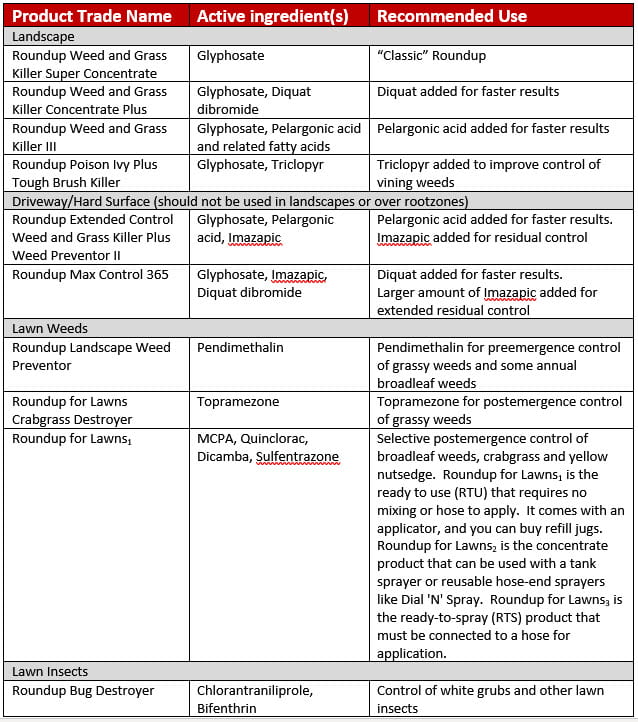– Christine Gelley, Agriculture and Natural Resources Educator, Noble County OSU Extension

While hemlock may still be vegetative today, it will soon look like this.
Poison hemlock has already emerged in a vegetative state around Noble County and beyond. Soon it will be bolting and blooming on stalks 6-10 feet tall. All parts of the plant are toxic to all classes of livestock if consumed and is prevalent along roadsides, ditches, and crop field borders.
It is a biennial weed that does not flower in the first year of growth but flowers in the second year. The earlier you can address poison hemlock with mowing and/or herbicide application, the better your control methods will be.



 lovers, campers, outdoors enthusiasts, and pet owners beware. If you thought last year’s tick season was bad, just wait. This year has the potential to be even worse.
lovers, campers, outdoors enthusiasts, and pet owners beware. If you thought last year’s tick season was bad, just wait. This year has the potential to be even worse.





 Phone calls and e-mail messages to Extension offices from landowners concerned about the health of maples should soon be on the rise. That’s because maples, especially silver (Acer saccharinum) and red maples (A. rubrum), in many regions of Ohio as well as Indiana and Kentucky are producing loads of winged seeds (samaras).
Phone calls and e-mail messages to Extension offices from landowners concerned about the health of maples should soon be on the rise. That’s because maples, especially silver (Acer saccharinum) and red maples (A. rubrum), in many regions of Ohio as well as Indiana and Kentucky are producing loads of winged seeds (samaras).
